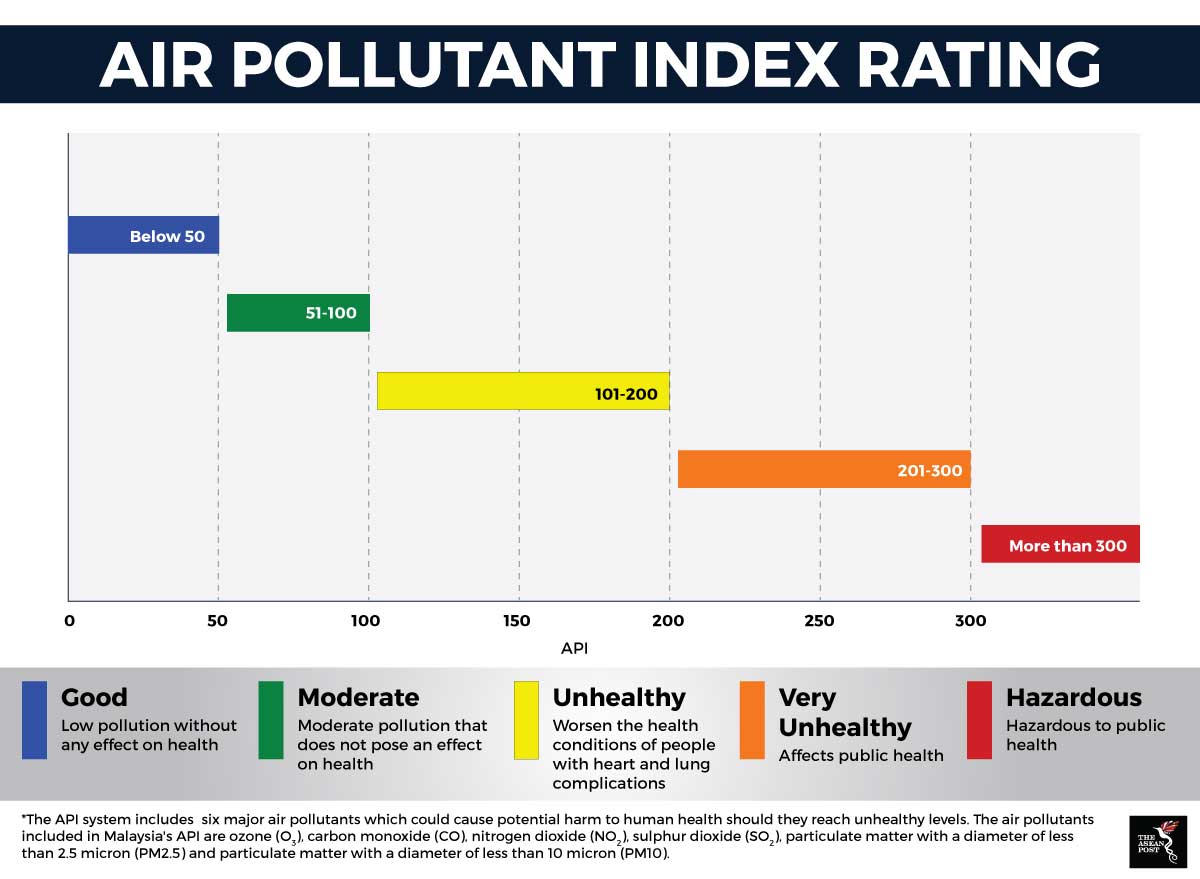ASEAN’s vision of a haze-free region by 2020 looks increasingly cloudy by the day.
A decades-long problem for the region, ASEAN defines haze as smoke resulting from land and/or forest fires which harm health, living resources, ecosystems and material property and impairs or interferes with amenities and other legitimate uses of the environment.
The ASEAN Agreement on Transboundary Haze Pollution (AATHP) was signed in 2002 to tackle haze in the region, and three years ago in 2016, ASEAN member nations agreed on the ASEAN Cooperation towards Transboundary Haze Pollution Control with Means of Implementation, a guideline for the region as it strives towards its declaration to be haze-free by 2020.
However, with the vaguely worded goal of ensuring “regional transboundary haze pollution is eliminated through intensifying collective actions to prevent and control forest and/or land fires,” and no concrete steps outlined to achieve that target, enforce laws or clamp down on the patronage policies within industries which clear land for farming or other sectors, it is easy to see why the haze remains ASEAN’s most pressing regional environmental problem.
As forests are illegally burnt either due to wildfire or to clear land for agriculture, the haze that engulfs the area and spreads to other regions causes numerous health issues as well as economic, ecological and social damage. Although these fires are usually started in Indonesia, the haze also travels with the wind to neighbouring Malaysia and Singapore – thus the need for a concerted region-wide initiative to curb the annual headache.

Haze back again
It is no surprise, then, that the haze is back again this year.
In Indonesia, the Riau Disaster Mitigation Agency today said that 2,719 hectares in the Riau province have been destroyed by wildfire this year, with fires that burned throughout last month likely to keep spreading. The military deployed an aircraft to create artificial rain last month as the haze reached hazardous levels and forced schools on Sumatra island to close.
Indonesia usually bears the brunt of the blame for the haze each year. During the 2015 haze crisis which affected the region for weeks, Indonesia produced more carbon than the entire EU economy during the same period of time.
However, other ASEAN countries are not blameless.
Almost 300 hectares of peatland went up in flames in Malaysia’s Terengganu state this month, where firefighters had to battle for nearly two weeks before finally managing to get the blaze under control on Sunday. The state of Johor, which borders Singapore, recorded 1,443 incidents of open burning in the first two months of this year – with the Johor Fire and Rescue Department stating that 141 cases involved forest fires while 879 were bush fires.
With unhealthy Air Pollutant Index (API) readings recorded in some Malaysian districts last week, the country’s Education Ministry gave school administrators the power to close schools or restrict outdoor activities as they see fit.
In Thailand, the country’s Climate Change Data Centre – which measures fire hotspots in the Mekong region – reported that the haze in the country’s northern regions was due to the 149 hotspots they recorded from 4-10 February. Cambodia had 159 while Vietnam had 61 and Myanmar 18 – with the fires blamed on the burning of several controlled fires in cane and rice plantations as farmers get ready to plant new crops.
Dr. Chaicharn Pothirat, a lecturer at Chiang Mai University’s Faculty of Medicine, last month pointed out that most farmers in Thailand are unconcerned about the ban on agricultural fires due to the poor law enforcement on the issue.
As home to some of the world’s fastest growing economies and populations, it is understandable that ASEAN has to strike a delicate balance between environmental concerns and economic development.
However, time is quickly running out for the region to combat this recurring problem. Proper enforcement, constructive measures and a stricter ASEAN-wide stance on haze will go a long way in ensuring the AATHP remains relevant going forward.
Related links:
Indonesia aims to slash forest fires by half
